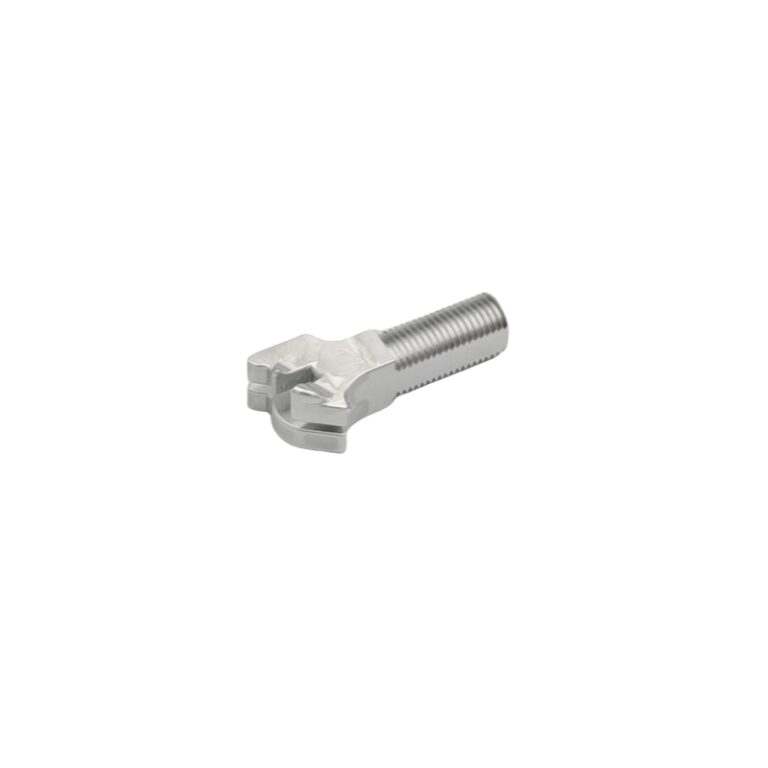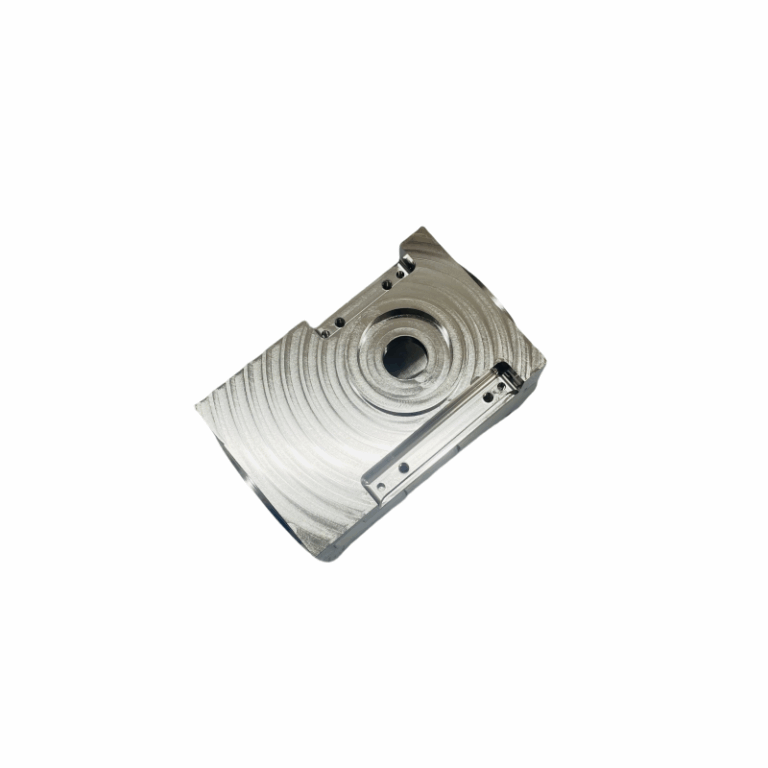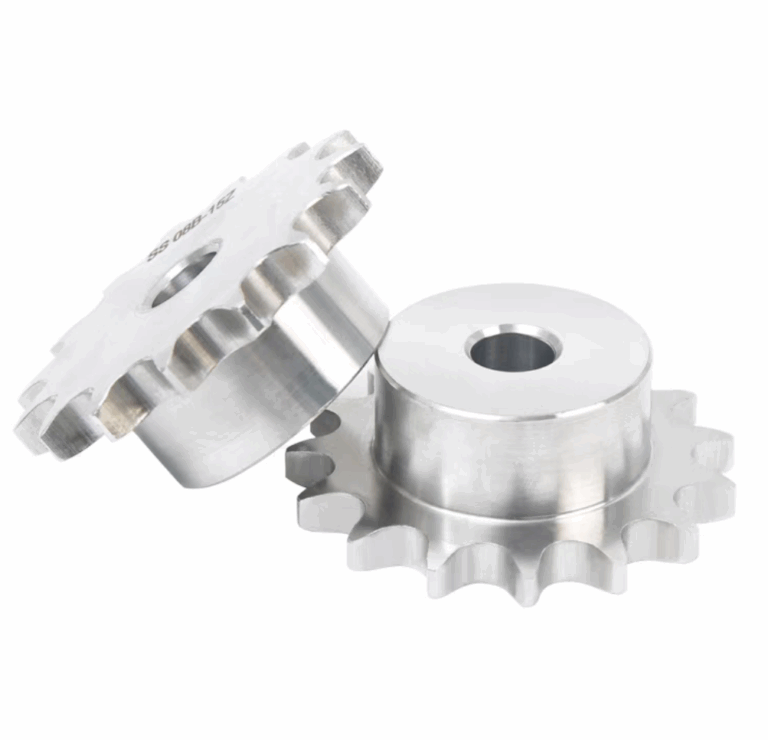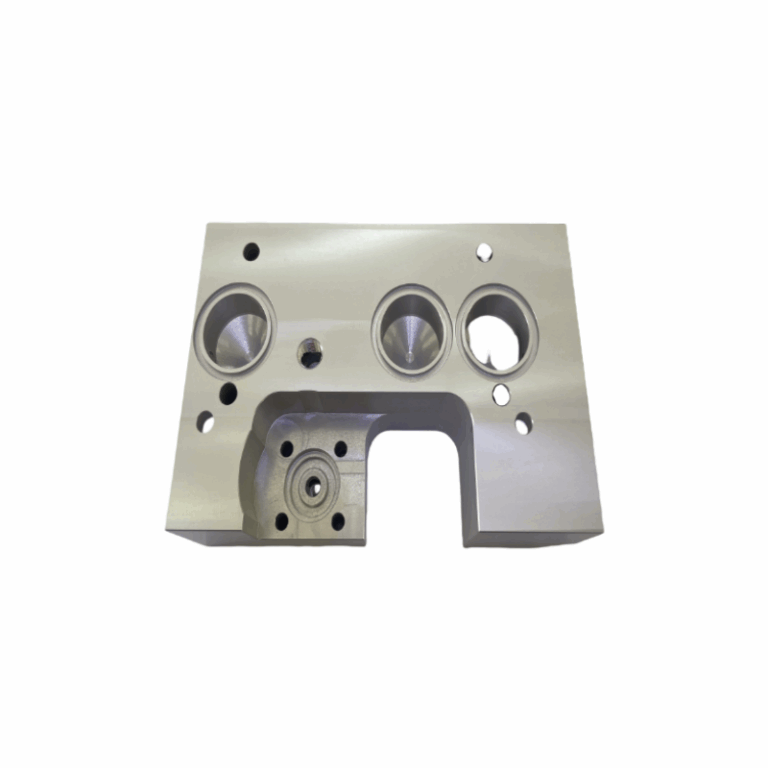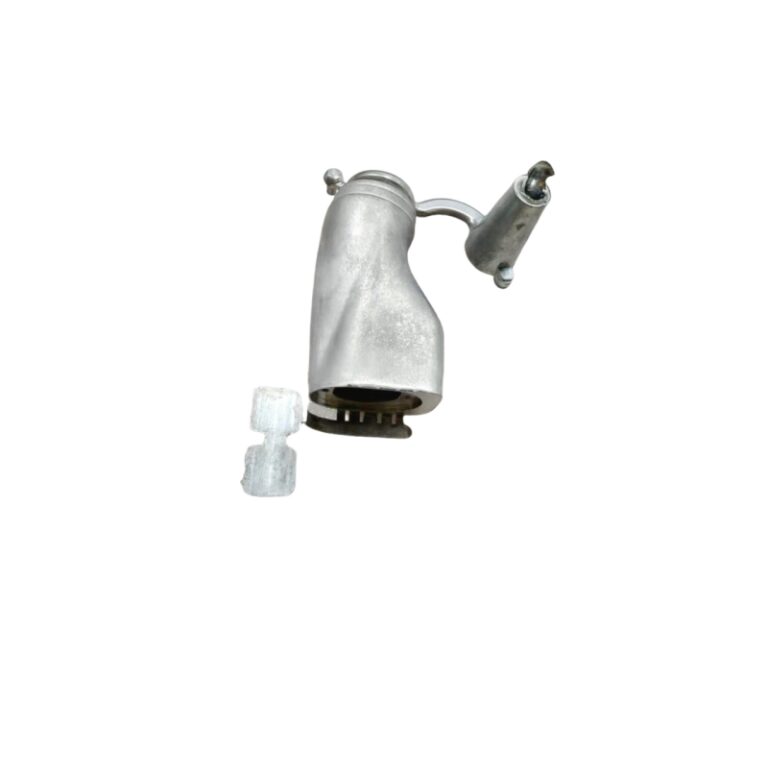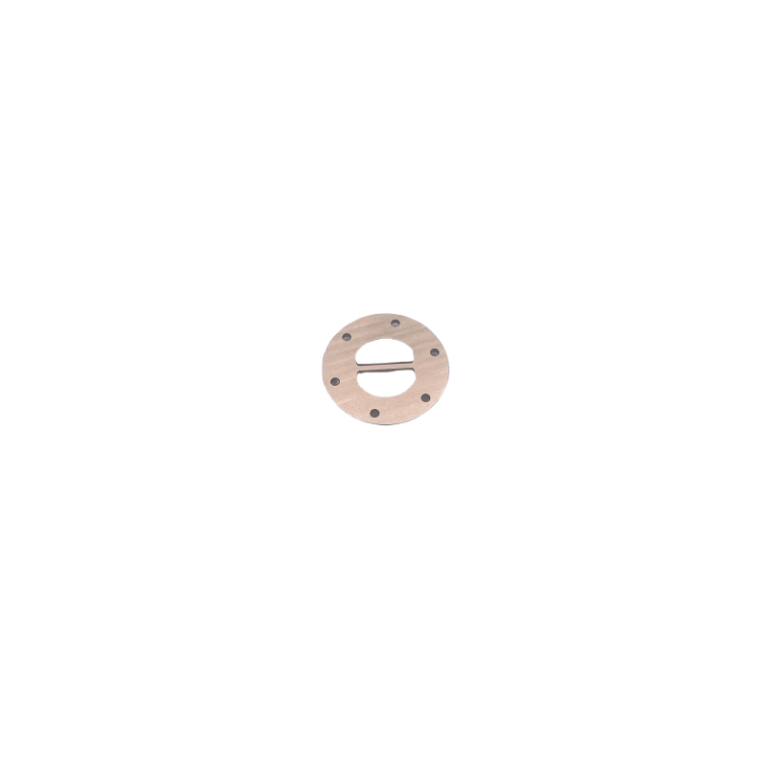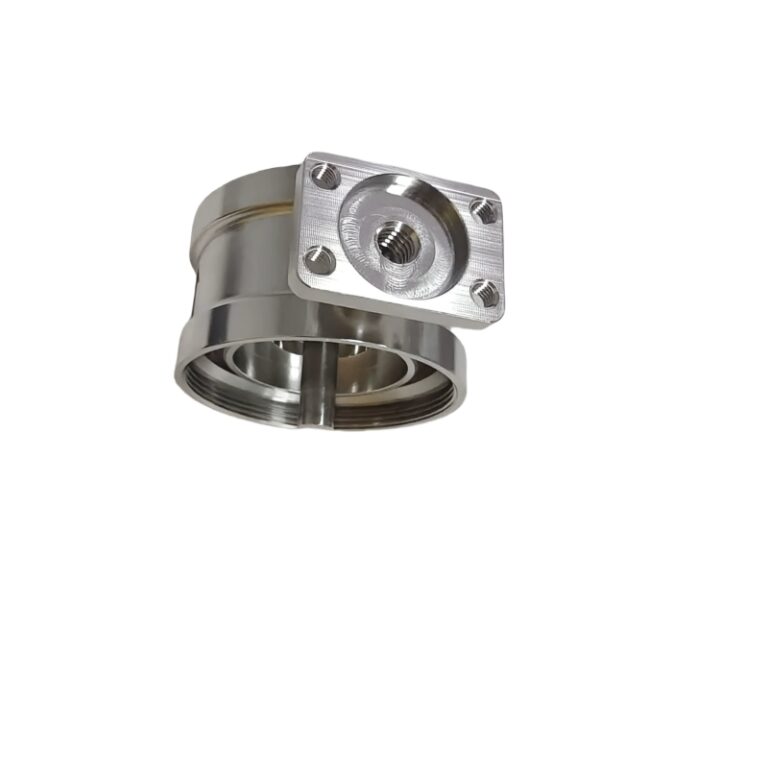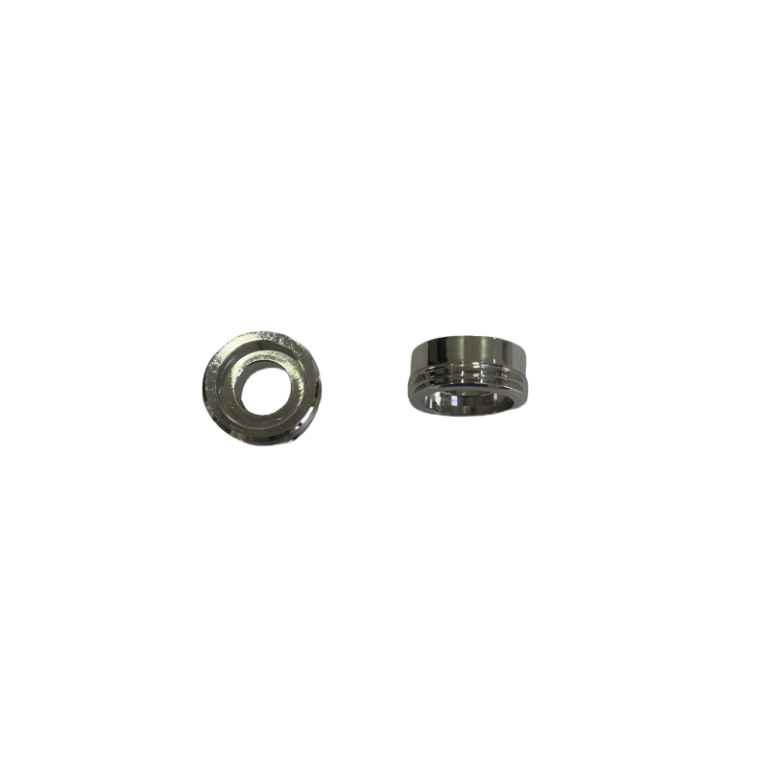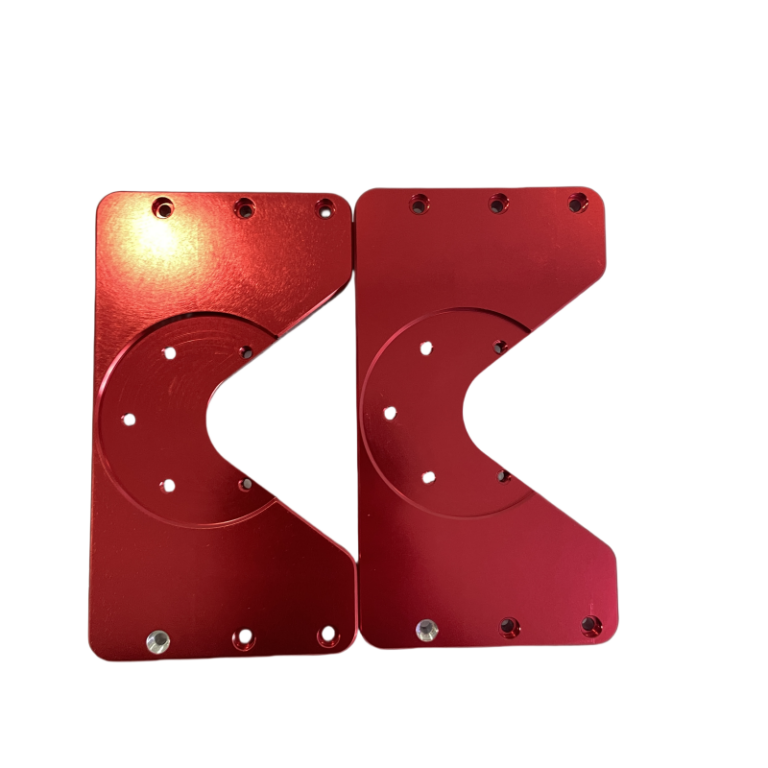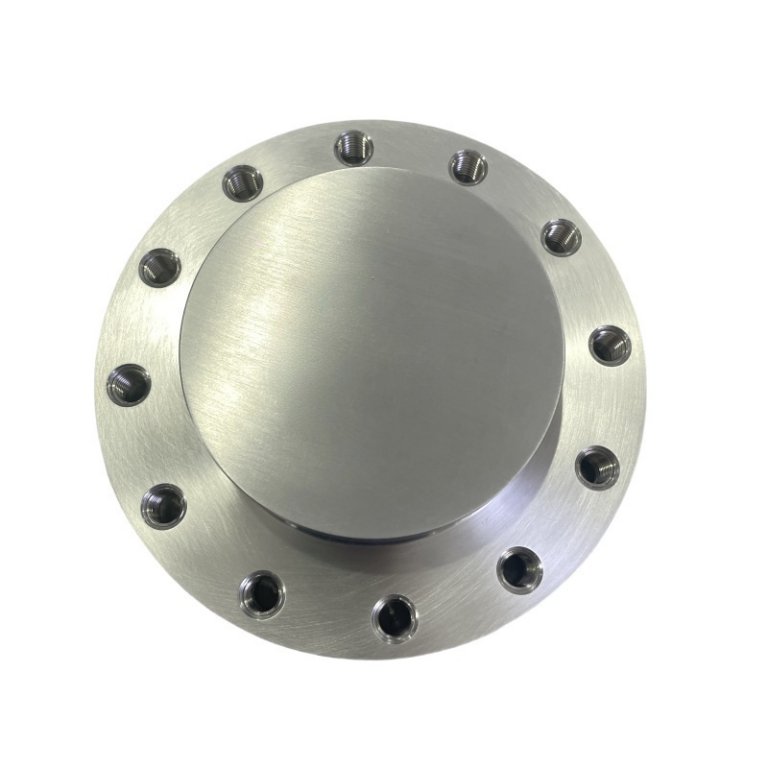Aluminum machining involves using CNC machines to perform precision cutting, drilling, and milling of aluminum parts. It offers high speed and excellent surface finish and is ideal for lightweight, durable parts.
Aluminum is one of the most common materials used in manufacturing, with applications ranging from automotive and aerospace to construction. While there are different methods for converting aluminum into functional parts and products, CNC machining is suitable for many applications due to its ease of use and ability to create complex shapes. Different aluminum alloy grades are used for aluminum machining depending on the final mechanical and physical property requirements.
Aluminum is lightweight and has machinability, corrosion resistance, and other beneficial properties making it popular for various machining projects. In addition, different grades of aluminum alloys are compatible with aluminum CNC machining. Variations in alloy composition help meet many manufacturing needs.
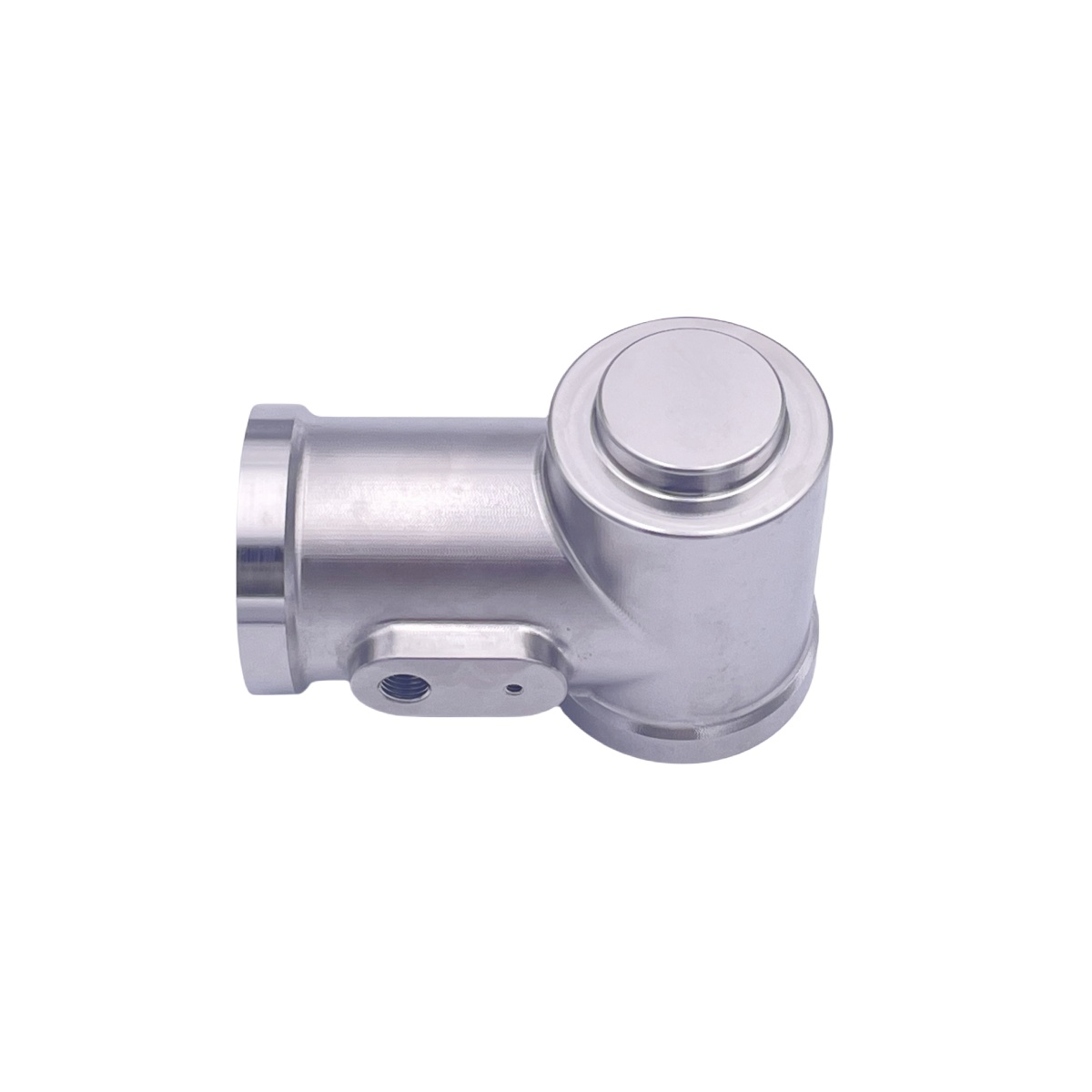
The following are common alloy grades used for CNC-machined aluminum:
- Aluminum2024: It is a heat-treatable alloy material because copper is the main alloying element. It is a soft annealed alloy with good machinability and is fully resistant to fatigue. Although its corrosion resistance is lower than other grades, it is the best material for machining aircraft components due to its excellent strength-to-weight ratio after the surface is properly finished.
- Aluminum3003: It is made of manganese as the main alloy metal. It is used in the production of household goods due to its excellent formability and easy processing operations such as bending, spinning, roll forming, and stamping. In addition, due to its superior corrosion resistance, the product can withstand outdoor environments, which is also very suitable for outdoor decoration and construction components.
- Aluminum5052: 5052 aluminum is alloyed primarily with magnesium and chromium, making it best suited for CNC forming operations. It has very good machinability and high strength. Because it only offers a fair machinability rate, it is not a good choice for high-volume machining operations. This grade is well suited for heat exchanger applications, general sheet metal fabrication, and construction.
- Aluminum6061: 6061 is composed of magnesium, silicon, and aluminum, which can be heat-treated to reach higher strength levels. Due to its high strength, toughness, and bendability, this grade is suitable for 5-axis CNC machining. It is also well suited for harsh environmental conditions due to its high corrosion resistance. As a result, it can be used in a variety of industries, from mechanical prototyping to aerospace and telecommunications.
- Aluminum6063: This alloy is often used in architectural applications and is known for its excellent surface finish, good corrosion resistance, and ease of extrusion. It is often used in window frames, irrigation pipes, and decorative trim.
- Aluminum7075: In the 7075 grade, zinc is the main alloying metal. It has moderate formability compared to other heat-treatable grades. In CNC machining, the grade is used to make a variety of parts where high-toughness features are required, from bicycle parts to aircraft wings. However, it has poor weldability.
- A380:This alloy is widely used to make die-cast components. Because of its excellent properties, good balance of yield strength, and corrosion resistance, it is popularly used in die casting. Due to its durability and precision casting capabilities, machinists often use it for automotive parts, electronic housings, and industrial machinery components.
| Aluminum Alloy | Corrosion resistance | Tensile strength(MPa) | Yield strength
((MPa) |
Machinability |
| Al2024 | Medium | 470 | 325 | Good |
| Al3003 | High | 276 | 185 | Good |
| Al5052 | High | 160-210 | 210 | Good |
| Al6061 | High | 240 | 290-310 | Good |
| Al6063 | High | 145 | 205 | Good |
| Al7075 | Medium | 430-480 | 510-540 | Good |
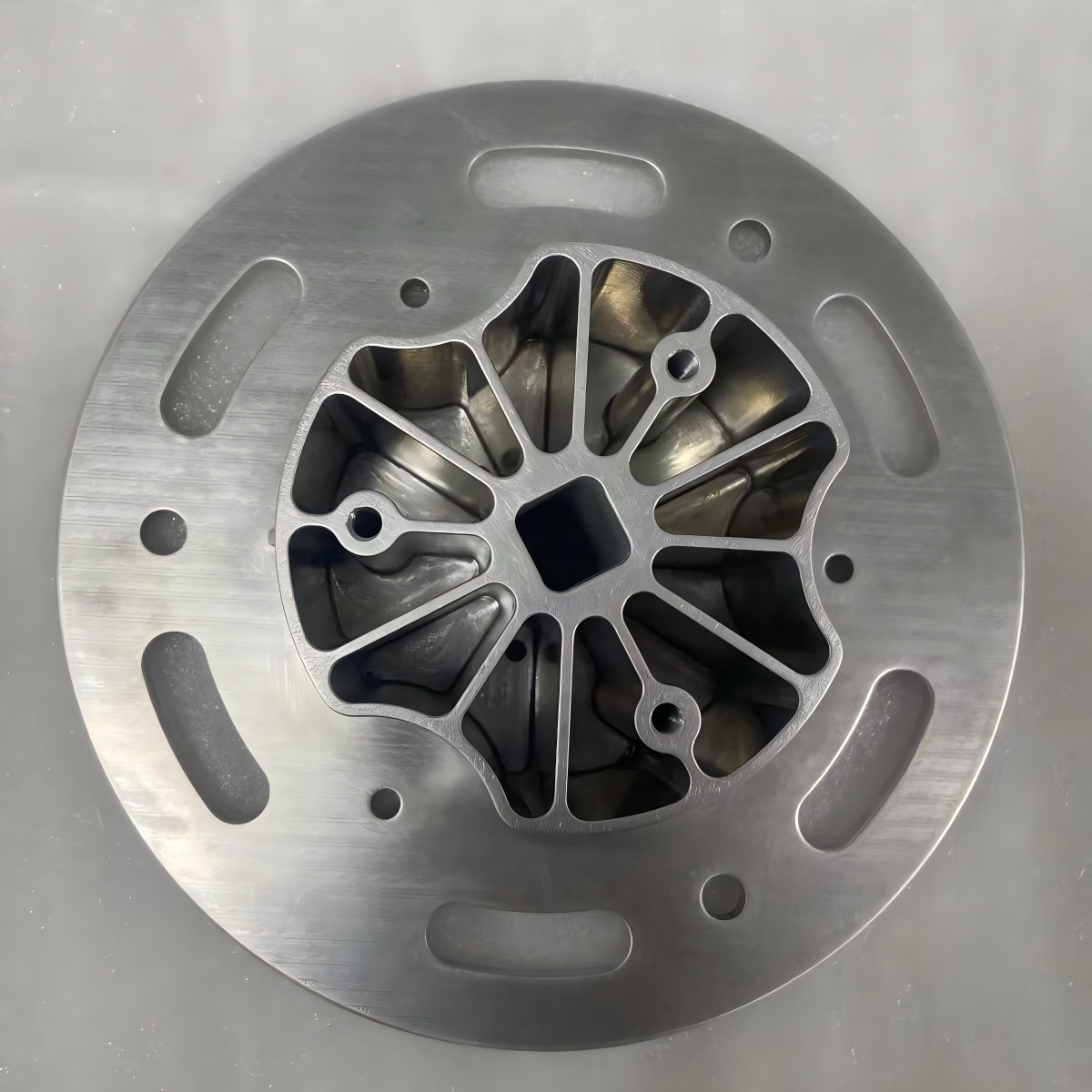
The Advantages of CNC machined aluminum:
- Lightweight: Aluminium is one of the lightest metals, with a density of just over 2.7 g/cm³. This makes it ideal for use in transport and other industries where weight is critical.
- Corrosion Resistance: Aluminum is naturally resistant to corrosion, which helps prevent oxidation. Combined with a variety of coatings and surface treatments, this property ensures that aluminum CNC parts will last for years.
- Electrical Conductivity: Aluminum is an excellent conductor of heat and electricity. It is ideal for many applications, similar to copper and other conductive materials.
- High Machinability: Aluminum is popular because it is easy to process. It is easily formed, drilled, and folded, allowing for complex shapes.
- High-Temperature Resistance: Unlike some materials, aluminum retains its properties at low temperatures, allowing for greater flexibility in the processing process.
What are the most common processes of CNC-machined aluminum?
CNC machining uses different tools and processes to achieve the final shape, turning, milling and drilling are just a few examples. The type of machining or process chosen depends entirely on the geometric features in the design.
- CNC machined aluminum milling: The CNC milling process involves a stationary aluminum workpiece. At the same time, the spindle moves on the axis with a rotating multi-point tool to remove material. The feed mechanism usually involves a feed tool towards the workpiece or a combined movement of the workpiece and the cutting tool. It is mainly used for flat and irregular shapes without rotational symmetry, making all detailed features and surface finishing.
- CNC machined aluminum turning: In CNC turning, a single-point cutting tool remains stationary, and a rotating workpiece is fed into the tool to achieve material removal. During this process, the rotating workpiece allows the cutting tool to scrape away material from its exterior. This operation cuts down the diameter of the workpiece, shaping it to the ideal dimensions. During this process, the rotating workpiece allows the cutting tool to scrape away material from its exterior. Therefore, this type of aluminum machining is suitable for axisymmetric parts such as cylindrical and conical geometries.
- CNC machined aluminum drilling: Drilling can produce holes of various shapes and sizes in aluminum parts. The geometry and size of the hole depend on the geometry and size of the drill bit, which is usually made of carbide or high-speed steel. During the drilling process, the rotating drill bit moves perpendicular to the workpiece surface to remove material from the hole. In addition, boring and reaming processes may be required to enlarge and complete the drilled hole.
- CNC machined aluminum EDM: This aluminum part machining process uses electrical sparks to erode material from the workpiece and provide complex shapes and features with tight tolerances. In EDM, the electrode (you can say the cutting tool) and the aluminum workpiece are immersed in a dielectric fluid. Then, when an electric current is passed through them, an electrical discharge is created between them, which erodes the material. It is essential for complex geometries, fine details, and difficult-to-machine features.
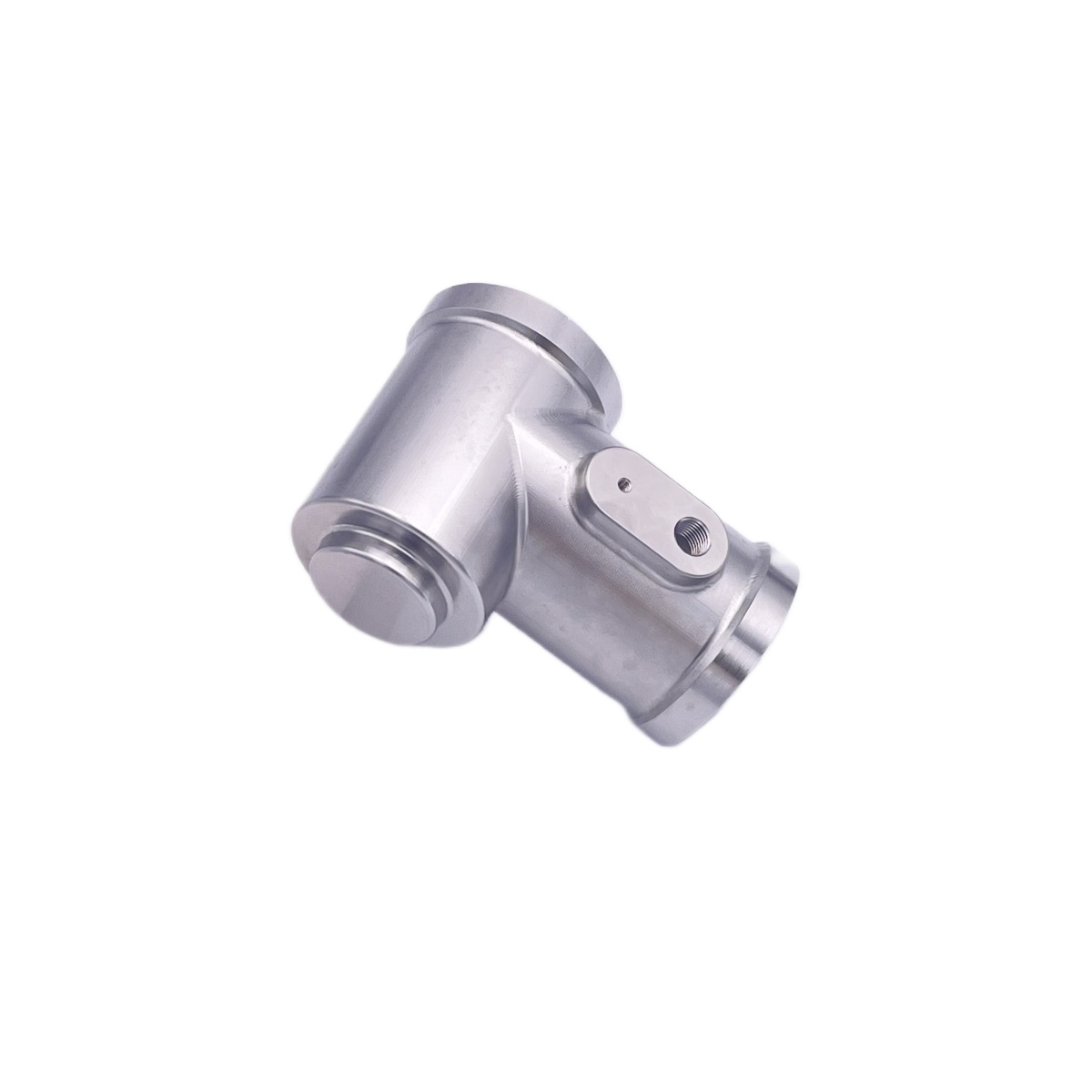
Applications of CNC Machined Aluminum
- CNC Machined Aluminum is popularly used in many industries due to its versatility and performance. One of the most common uses for CNC-machined aluminum parts is in the automotive industry. Such as engine components, transmission housings, and suspension parts benefit from the CNC machining process to achieve the required precision and performance. The lightweight nature of aluminum also helps improve fuel efficiency and reduce the overall weight of vehicles, making it an attractive option for automotive manufacturers.
- In the aerospace industry, CNC-machined aluminum is essential to produce lightweight and durable aircraft and spacecraft parts. Components such as airframe structures, engine parts, and interior accessories are CNC machined aluminum to meet stringent requirements for strength, weight, and performance. CNC-machined aluminum’s ability to create complex geometries and features with tight tolerances makes it an ideal material for aerospace applications.
- The electronics and telecommunications industries also rely on CNC-machined aluminum to produce housings, heat sinks, and mounting brackets for a variety of devices and equipment. Aluminum’s excellent thermal conductivity makes it a popular choice for thermal solutions, while its lightweight properties contribute to the overall portability of electronic devices.
- In the medical device industry, CNC-machined aluminum is used to produce components for diagnostic equipment, surgical instruments, and prosthetic devices. The ability to achieve tight tolerances and complex geometries ensures these critical medical components meet necessary performance and safety standards.
Overall, CNC-machined aluminum is essential for a wide range of applications across industries due to its accuracy, versatility, and performance.
Advances in CNC machining technology and cutting tools continue to improve the overall efficiency and effectiveness of CNC-machined aluminum parts. Whether producing critical components for aircraft or manufacturing housings of consumer electronics, CNC-machined aluminum plays a vital role in driving innovation and performance in modern manufacturing. To make the machining process easier and more efficient, DMTC’s CNC machining team provides professional service for you. Our team of experts can guide you in selecting the aluminum grade that best suits your CNC machining needs, ensuring optimal performance, quality, and cost-effectiveness. Let us help you turn your ideas into high-quality products!

